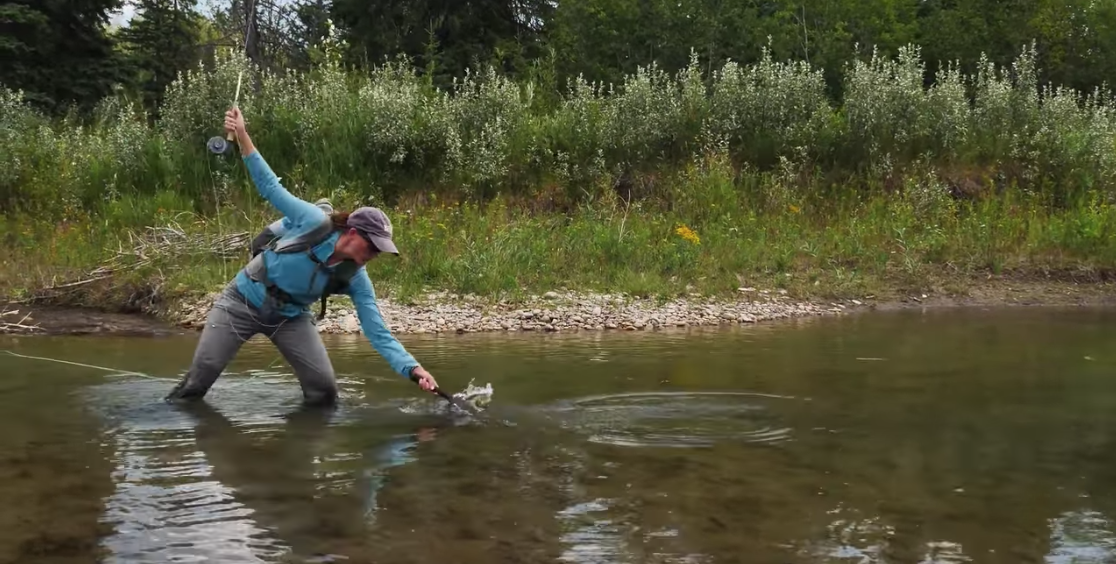We’ve all been there.
We come across a nice rising trout occupying a small stretch of calm, clear water, and we know it’s going to take the right cast with the right fly for this wary critter to strike.
For me, it happened ages ago on the South Fork of the White River in northwest Colorado. A significant fish—20 inches or better—was working a foam line midstream, and I was positioned about 30 feet below it. It was mid-August and grasshoppers were abundant, but this time-tested rainbow wasn’t eating anything big, but it was eating, rising every half-minute or so to bugs caught in the foam line.
So I ran my fingers through the foam well downstream of the working fish and noticed some small PMD spinners, probably a size 16 or so. They were so thick that they gathered together mats on the water. I figured the rainbow was eating a dozen or more with every gulp.
In the video above, Orvis’ Amelia Jensen is faced with very similar situation—she’s found a working fish, and big one, at that. After trying with double-dry rig that includes a big stonefly pattern, she realizes this isn’t this fish’s first rodeo. She comes back later and solves the riddle. She takes the fish with a smaller dry and a shorter cast. The fish moves two feet to take it.
The lesson? In clear, calm water, smaller flies are often your best bet.
As for my big rainbow on the White? I hooked it on a size 18 Adams. I lost it after a short fight, and I never saw it again.
— Chris Hunt



